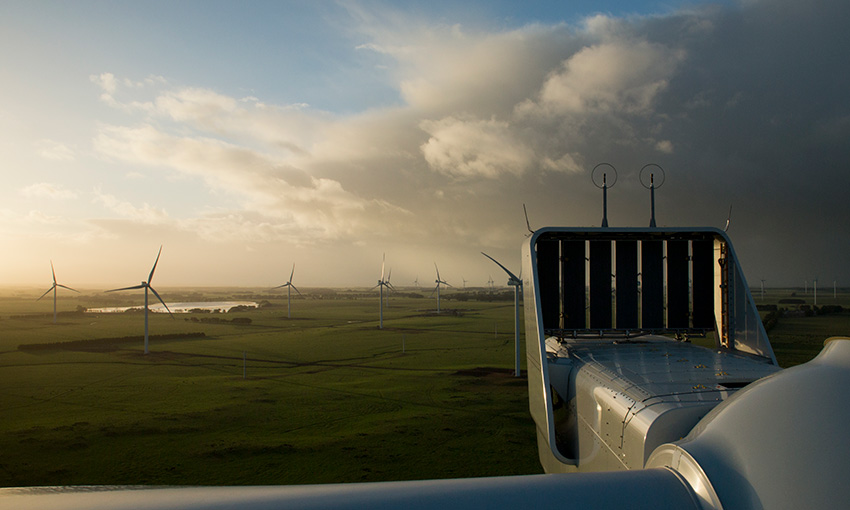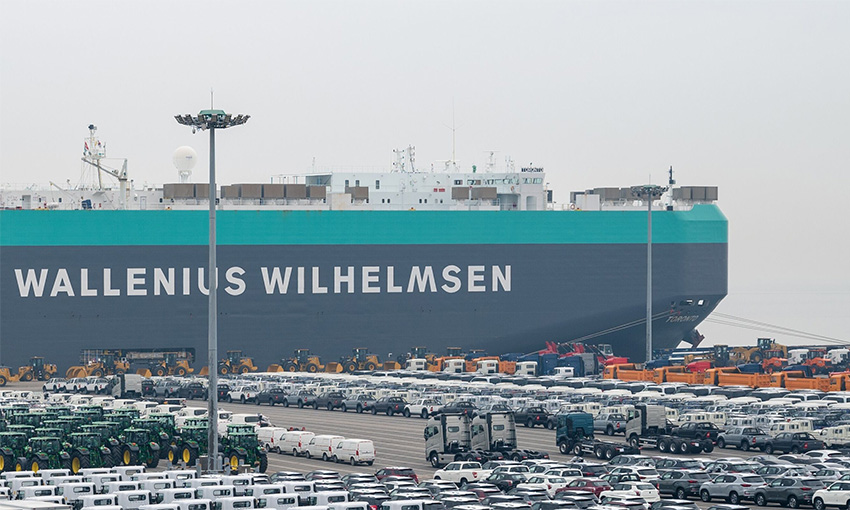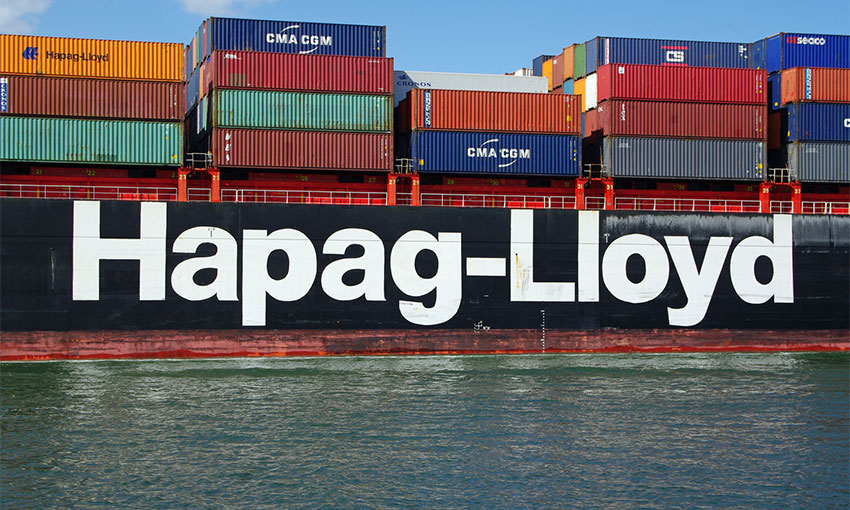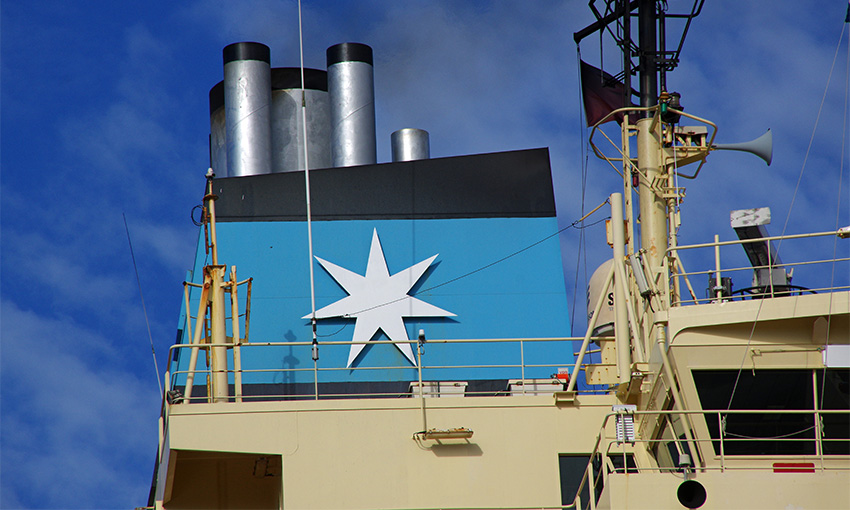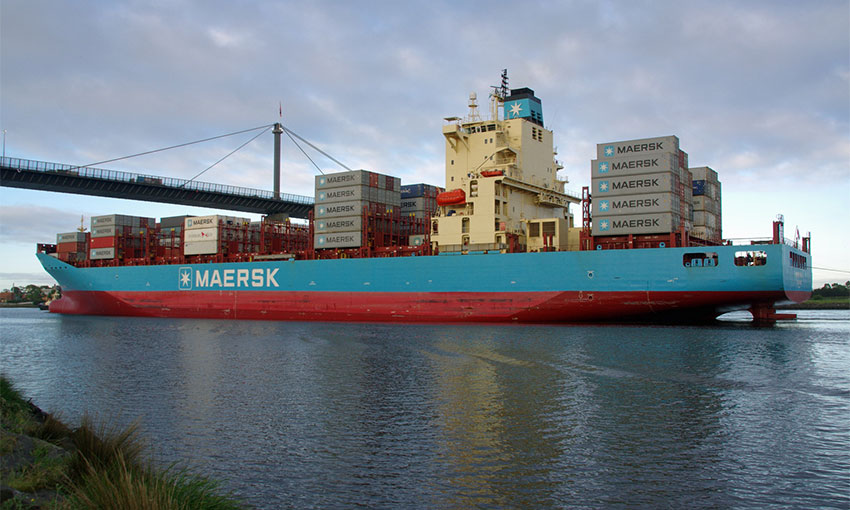VESTAS and Maersk have formed what the two Danish companies call a “long-term strategic partnership for all containerised transport”.
The partnership includes door-to-door transport from the Vestas´ suppliers to factories and service warehouses, as well as containerised site parts and transport equipment. In addition, the partnership also includes all airfreight shipments.
The partnership does not include non-containerised road transport and outbound transport, which will continue to be managed by DSV and other partners.
Vestas chief operating officer Tommy Rahbek Nielsen said by partnering with Maersk, the company can accelerate the deployment of wind energy and protect profitability while working on ways to make the supply chain more sustainable.
“We want to create a sustainable, resilient and predictable supply chain and by partnering with a world leader as Maersk, we strengthen our supply chain, our partnership setup within transport and create opportunities to improve sustainability,” Mr Nielsen said.
A.P. Moller – Maersk executive vice-president and CEO ocean and logistics Vincent Clerc said running a global supply chain that can meet the needs of a company like Vestas is complex and demanding.
“We will work hard to provide fast, resilient and dynamic supply chain solutions to Vestas as a modern end-to-end logistics company with fully controlled assets, while empowering them and turning complications into opportunities,” Mr Clerc said.
Vestas’ existing DSV partnership is to continue with a special focus on non-containerised transport. This means that in addition to the Maersk strategic partnership, Vestas will continue to work closely with DSV and many other partners within other areas of transport.
In Australia, Vestas recently secured an order from Neoen for the engineering, procurement and construction of Kaban Green Hub in far north Queensland.
The deal, finalised in May this year, will feature 28 of Vestas’ V162-5.6-megawatt turbines from its EnVentus platform. This was the company’s first order for the platform in Australia and the wider Asia-Pacific region.
Delivery of the turbines is slated to commence in the first quarter of 2022, with commissioning scheduled for the fourth quarter of 2022.

